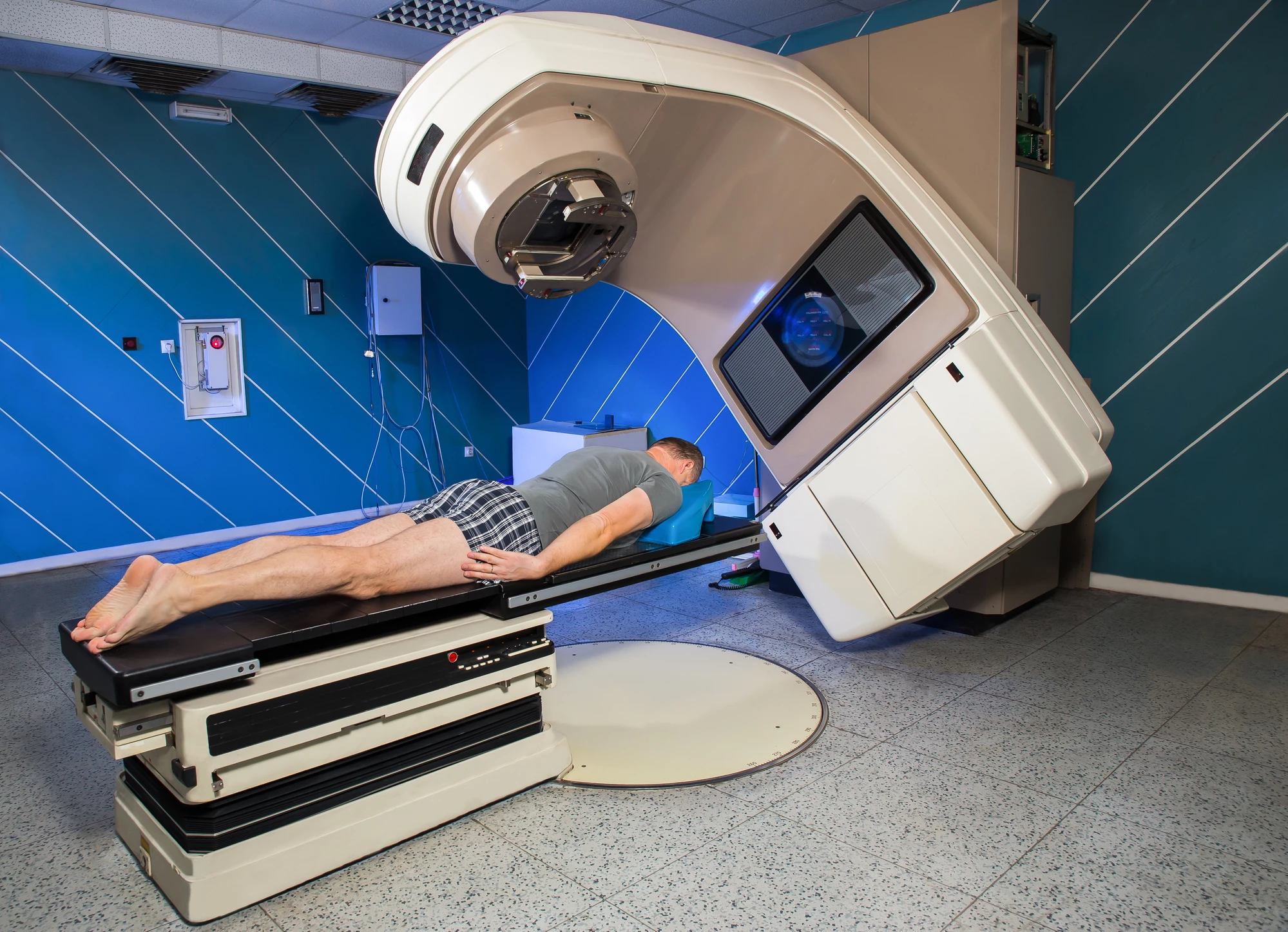Radiation therapy is currently our best shot at treating cancer, but it’s far from a perfect solution. It takes a course of weeks or even months, during which time healthy cells often become unfortunate collateral damage. But what if the whole course of treatment could be over in under a second? Researchers at the University of Pennsylvania have now shown just how this might be feasible.
With the right tools, cancer cells on their own aren’t all that difficult to kill. Radiation or drugs can be administered to kill them off relatively easily – the problem is tumors like to hide in crowds, and whatever weapons we fire at them also tend to hit healthy cells around them. Because radiation therapy takes weeks, there are more opportunities for those healthy cells to be affected, leading to all kinds of health problems even if the cancer is destroyed.
That’s where FLASH radiotherapy comes in. This emerging form of treatment involves giving a patient in one second a similar amount of radiation as they would normally receive over weeks. Previous experiments have shown that the effect on the cancer itself is basically the same, but the collateral damage to healthy tissue is drastically reduced.
For the new study, researchers at Pennsylvania University found that by changing the type of fundamental particle used, they could make FLASH radiotherapy far more effective. Normally, electrons are the particles of choice for this method, but they don’t penetrate very deep into the body. That means they’re only really useful for shallower cancer types such as skin cancer.
In this case the researchers used protons, and showed that linear accelerators already in use in hospitals could be adapted to produce these particles. Since they can pass deeper into the body, they should be more useful against a wider range of tumor types.
The team tested it out on mice with pancreatic flank tumors, and found that the method did inhibit the growth of the cancers with roughly the same effectiveness as regular radiation therapy. Importantly though, the proton FLASH therapy reduced healthy cell loss and didn’t cause intestinal fibrosis, a common side effect of radiation therapy.
“This is the first time anyone has published findings that demonstrate the feasibility of using protons – rather than electrons – to generate FLASH doses, with an accelerator currently used for clinical treatments,” says James M. Metz, co-senior author of the study.
The researchers are currently working on how to translate the treatment to clinical trials. This includes designing a system that can deliver the proton radiation to humans.
The research was published in the International Journal of Radiation Oncology, Biology, and Physics.
Source: University of Pennsylvania




